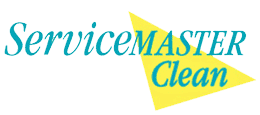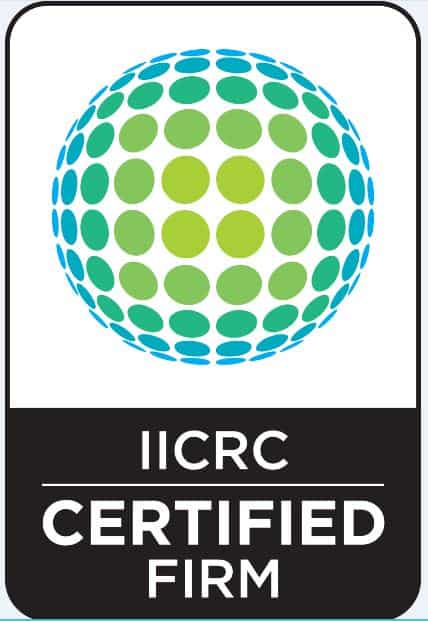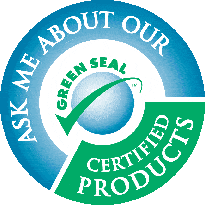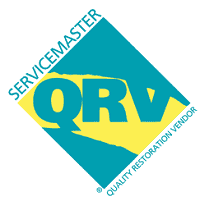There are so many advantages that come with living in a high-rise building. There are significant challenges too. Minimizing the risk of fire to life and property belongs at the top of the list.
Whether you’re a resident, board member or building manager, it’s important to take high-rise fire safety very seriously.
10 Key Steps to Ensuring High-Rise Fire Safety
According to the National Fire Protection Association, fire departments across the country respond to an average of 14,000 high-rise fires every year.
Implementing these 10 fire safety steps can make a critical difference in reducing the dangers faced by everyone in your building.
1. Develop and Share Evacuation Plans
Map out clear routes to emergency exits from each floor in the high-rise. Clearly mark the location of fire safety equipment including alarms and extinguishers. Designate a safe zone outside the building where residents can wait for an all-clear from fire fighters.
Post printouts of emergency exit maps in public areas throughout the building. Deliver copies to all residents, and schedule regular fire evacuation drills that involve everyone in your high-rise.
2. Encourage Resident Involvement
Check with your fire department for community outreach programs that help residents understand basic fire safety practices. Hold building-wide meetings several times a year to address important factors and precautions that reduce the risk of high-rise fires.
These are just a few key points that should be stressed.
• The majority of residential fires start in the kitchen.
• Candles should never be left burning unattended.
• Each room in a residence should have a smoke detector.
• Test smoke detectors several times a year, and change batteries annually.
• Encourage all residents to participate in high-rise fire drills.
3. Ask for Volunteer Floor Captain
Even a well-practiced evacuation can become disorganized when people panic.
Ask for residents to volunteer as floor captains who knock on doors and keep residents organized as they head for the nearest exit.
4. Identify Residents With Special Needs
The elderly and disabled require special assistance during an emergency evacuation from high-rise buildings. Identify these individuals on each floor. Let them know that they will be taken care of. I
f possible, keep several wheelchairs and walkers in storage closets so that floor captains can access them if needed.
5. Keep Evacuation Routes Clear
Make sure public areas stay clear at all times. This includes hallways, stairs and stairwells, building entrances, emergency exits, sidewalks and driveways.
Establish and enforce a clear policy that prohibits residents from blocking any designated evacuation route.
6. Maintain Fire Safety Equipment
Equipment maintenance is critical to fire safety in high-rise buildings. Facility-wide fire alarms, communication systems and extinguishers should be checked by certified technicians several times a year.
Keep detailed records documenting scheduled maintenance visits as well as any equipment repairs or replacements.
7. Upgrade or Retrofit Fire Sprinklers
Fire sprinkler systems have been required in Chicago high-rises since 2002. Older buildings are supposed to be retrofitted, but city codes currently exempt high-rises built before 1975. Confirm the construction date of your building and the condition of its fire sprinkler system.
If the property doesn’t have an installed system, address the issue with building owners as soon as possible. An upgrade or retrofit can save on insurance premiums and may be tax-deductible. It can also save lives.
8. Enlist On-Site Building Staff
High-rise employees who handle maintenance are uniquely positioned to monitor building fire safety. Make sure they have emergency contact numbers for first responders and facility management. Arrange training sessions that cover the safe use of emergency equipment including fire extinguishers.
Add these simple fire prevention routines to employee duties.
• Monitor storage areas to be sure no flammable products or materials pose fire hazards.
• Regularly check the condition of fire extinguishers, emergency lighting and exit doors.
• Immediately clear away and report anything that might block evacuation routes and exits.
9. Routinely Review and Reevaluate Procedures
Put fire safety policy review on the high-rise association meeting agenda several times a year. Ask for input from residents and building employees, and make changes as needed. Stay flexible, and maintain records documenting updates to all procedures.
10. Keep Everyone Current
Fire safety in high-rise residential buildings depends on cooperation and coordination between association members, employees and residents. Keep everyone current and on the same page with regular communication.
Use the association’s website or email newsletter as a gateway for updating fire safety policies. Develop and maintain social media channels that serve as platforms for exchanging ideas about fire safety measures. These strategies help build a strong sense of community that benefits everyone who lives and works in your high-rise.
We Partner With Chicago High-Rise Associations
If the worst should happen, you can count on ServiceMaster of Lake Shore. We partner with Chicago high-rise associations all across the city. Our downtown location puts us right around the corner with professional commercial fire damage restoration services and more than 20 years of industry experience.
We help property managers and high-rise owners deal with the aftermath of fires in all types of residential and commercial settings including condos, hotels, office buildings and health care facilities.
Our certified restoration services are just a phone call away at 312-707-8597.






